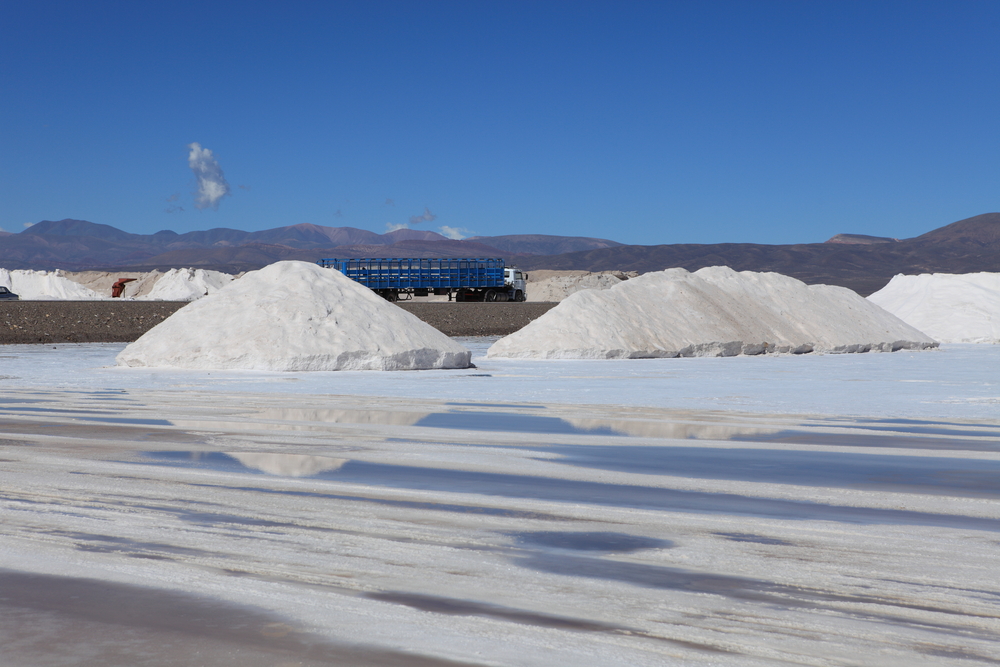
Chile’s Chemical and Mining Society (SQM), one of the world’s largest lithium producer, said global demand for the white metal, a key ingredient in the making of batteries that power electric vehicles, will continue to grow at rate of roughly 80% annually in the next five years.
According to chief executive officer Patricio de Solminihac, the world will need at least 50,000 tonnes of lithium a year until 2023 due to an expected increase in the use of electric vehicles and high tech devices, and the company wants to be ready to meet that demand.
SQM says lithium demand will continue to grow at rate of roughly 80% annually in the next five years.
Reporting results for 2017, SQM said it has earmarked $170 million to expand its production capacity from 48,000 tonnes to 70,000 tonnes this year, and then to 100,000 tonnes by 2019. “We will evaluate the timing for future expansions in the Salar de Atacama based on market conditions,” Solminihac said in the statement.
“We truly believe in the lithium market, [which] will need more efficient projects to come on line to maintain the market equilibrium and support the development of the EVs and battery industries,” he noted.
Competitor Albemarle (NYSE:ALB) is also planning to hike output of lithium in the coming years. It recently said it would almost triple its capital spending in 2018 to as much as $900 million, up from $318 million last year.
The US-based producer, which owns 49% of the world’s highest grade lithium mine in Western Australia and is also present in Chile, also doubled its forecast for annual lithium demand growth through 2025, partly due to vehicle batteries that it expects will be 40% more powerful.
Lithium prices have more than doubled over the past two years, to trade at around $13,375 a tonne this week. But according to some, such as Morgan Stanley, they will peak this year and then fall to $7,332 a tonne by 2021.
The gloomy outlook sent lithium stocks down early this week as the bank also forecast a surplus in the market beginning in 2022.